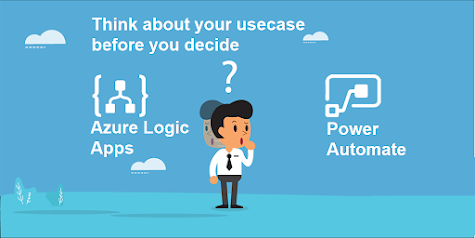Power BI vs Tableau

Power BI and Tableau are two of the most popular business intelligence (BI) tools on the market. Both tools offer a wide range of features for data visualization, reporting, and analysis. However, there are some key differences between the two tools that may make one a better fit for your needs than the other. Power BI Pros: Easy to use Affordable Tightly integrated with Microsoft products Good for handling large datasets Offers a variety of data connectors Supports real-time data streaming Can be used to create interactive dashboards Cons: Not as powerful as Tableau for data visualization Some features require additional development or customization Not as well-suited for large-scale enterprises Tableau Pros: Powerful data visualization capabilities Easy to create interactive dashboards Well-suited for large-scale enterprises Wide range of data connector...



